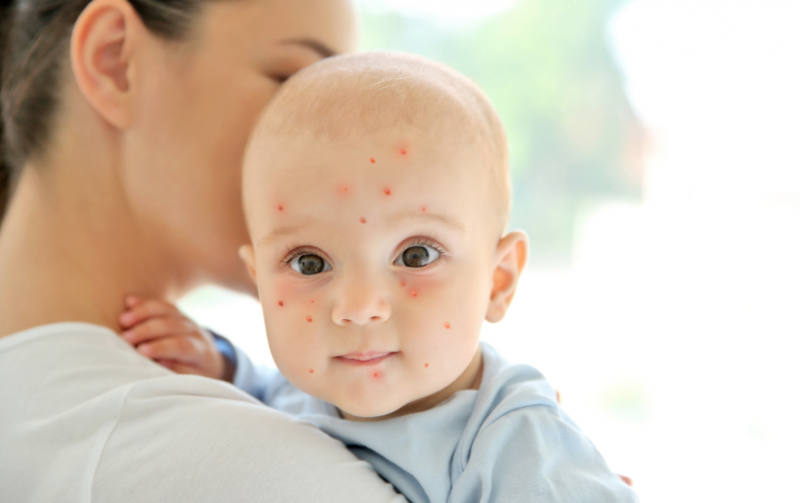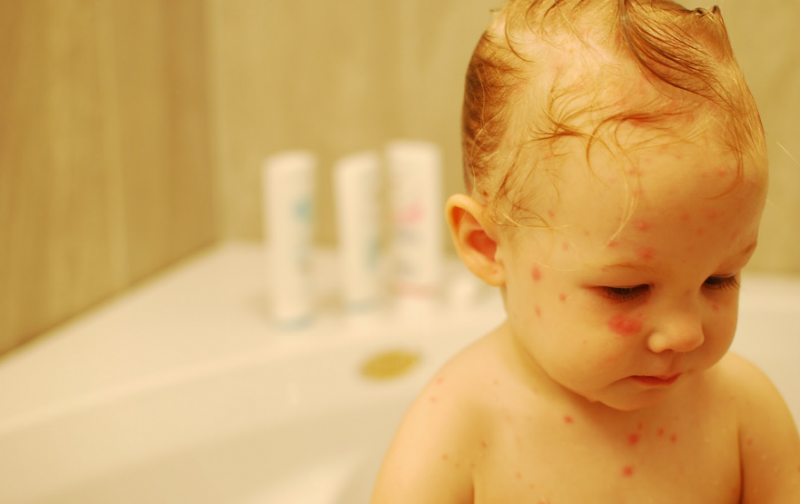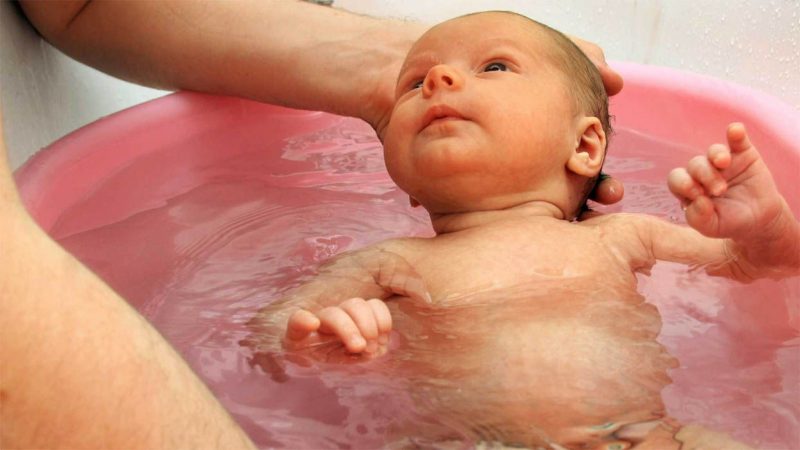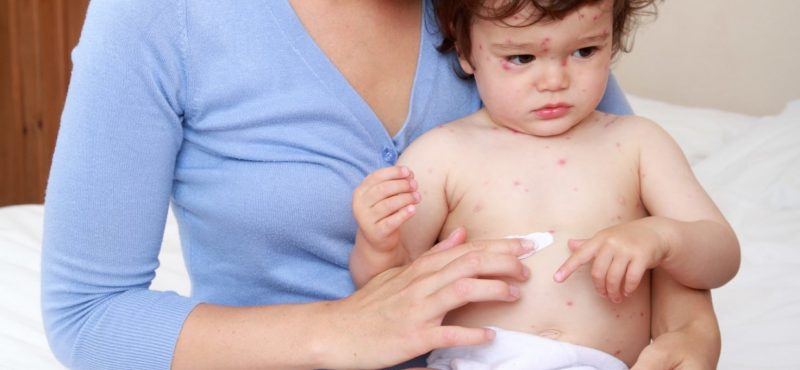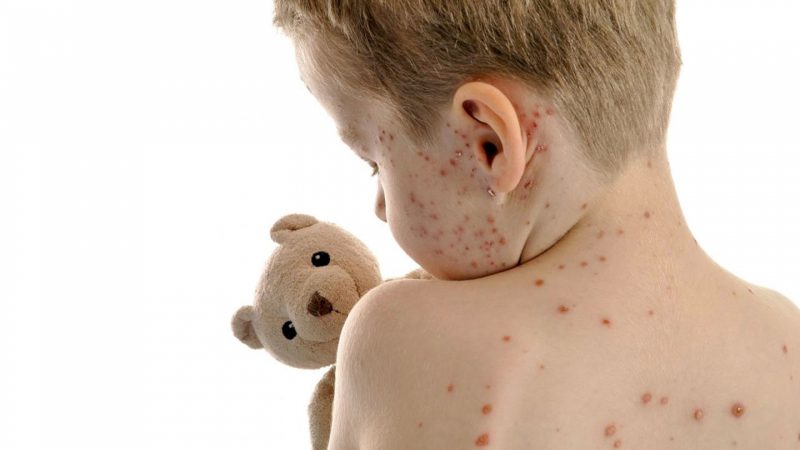Many mothers are interested in whether it is possible to bathe a child with chickenpox. Although the disease is not severe, it is long-lasting, therefore no one has canceled the observance of hygiene rules. However, in such cases there are some nuances.
Material Content:
Rules for caring for the skin of a child during an illness
Of course, most children love water procedures and look forward to the day when they can splash in the bath. Even 30 years ago it was believed that bathing children with chickenpox was absurd, and in no case should one do this. Many thought that such procedures worsen the well-being of a small patient and increase the number of pimples.
Now, pediatricians and other specialized specialists of medical institutions are confident that bathing in no way affects the patient’s state of health, and even helps reduce the risk of some complications.
The fact is that the disease lasts at least a week, or even more, so if you neglect washing, the skin will become dirty. This will create optimal conditions for the rapid reproduction of microbes. And since children often comb rashes, wounds appear through which pathogenic microflora can easily penetrate inside.
When can I bathe my baby with chickenpox?
However, washing with chickenpox is possible only when there is no temperature. If the immunity of a small patient is weak, elevated temperature values can hold throughout the illness. In this case, it is not worth washing the child completely, it is enough to wash it daily and wipe the body with soft napkins.
But be sure to follow simple rules:
- babies are best washed in small baths, older children in the shower;
- in water, it is best to add a decoction of the bark of oak, chamomile or other medicinal plants with antiseptic properties;
- the duration of water procedures should not exceed 7-10 minutes;
- the frequency of bathing depends on the condition of the patient: if the body is very itchy, and the water removes itching, you can swim up to 3 times a day;
- do not use aggressive soaps or gels, hard washcloths;
- after the procedure, the body must be gently wet with a soft cloth or towel, but in no case should you rub or intensively wipe it;
- if the room is warm, let the baby stay naked for a third of an hour and dry well.
After bathing or taking a shower, all wounds and rashes should be treated with the prescribed drug and dress the baby in clean clothes.
How to wash in potassium permanganate
For washing, it is often recommended to use a weak solution of potassium permanganate slightly pinkish in color. It helps remove itching and dries out the skin, preventing the occurrence of suppuration. First you need to prepare a small amount of a concentrated solution of dark color, mixing it well so that all the crystals are dissolved. Then, such a liquid is gradually added to the bath so that the water acquires a transparent pink hue.
The optimal water temperature should vary from 36 to 38 degrees. The duration of the procedure should not exceed a quarter of an hour.
After bathing, all rashes can be additionally treated with a more concentrated solution. Moreover, if there is suppuration, the concentration should vary within 2-3%, if not, no more than 1%. Processing should be done with soft blotting (non-sliding or rubbing) movements. This is most conveniently done with turunda or a gauze napkin. This procedure takes a lot of time, since you need to process each pimple. But then it is quite effective.
Water therapy for crusting
When infected with chickenpox virus, on the 5th day of the disease, crusts appear on the body. If there is no temperature, from this time it is already possible to organize water procedures for the little patient without any fear.
Is the child allowed to wash his hair
In children, the hair is not soiled as in adults. Therefore, if you don’t wash your baby’s head for a week, nothing bad will happen. However, if the baby is very sweating or there is also a rash on the head that itches, it is better to wash the baby’s hair, but only very gently under the gentle pressure of warm water without using shampoos. You can use mild herbal rinse with a disinfecting effect.
After washing, do not rub the head intensively with a towel. It is enough to gently pat them dry and quickly dry. The used towel must be washed immediately.
Is it possible to swim during chickenpox in a pool, on the sea
Theoretically, you can swim in the ponds. But it is dangerous both for others and for the patient himself. Firstly, the disease is contagious, and secondly, the immunity of such a person is weakened, and swimming in cold water can provoke the development of serious complications.
In addition, any infection can get into the wounds from the pool, and the result can be pustular skin diseases. Salt seawater entering the skin lesions can lead to increased inflammation and increased healing time.
Therefore, it is better to refrain from visiting pools and relaxing at sea. After recovery, at least a couple of weeks should pass, only after that you can safely start swimming in public and natural waters.


